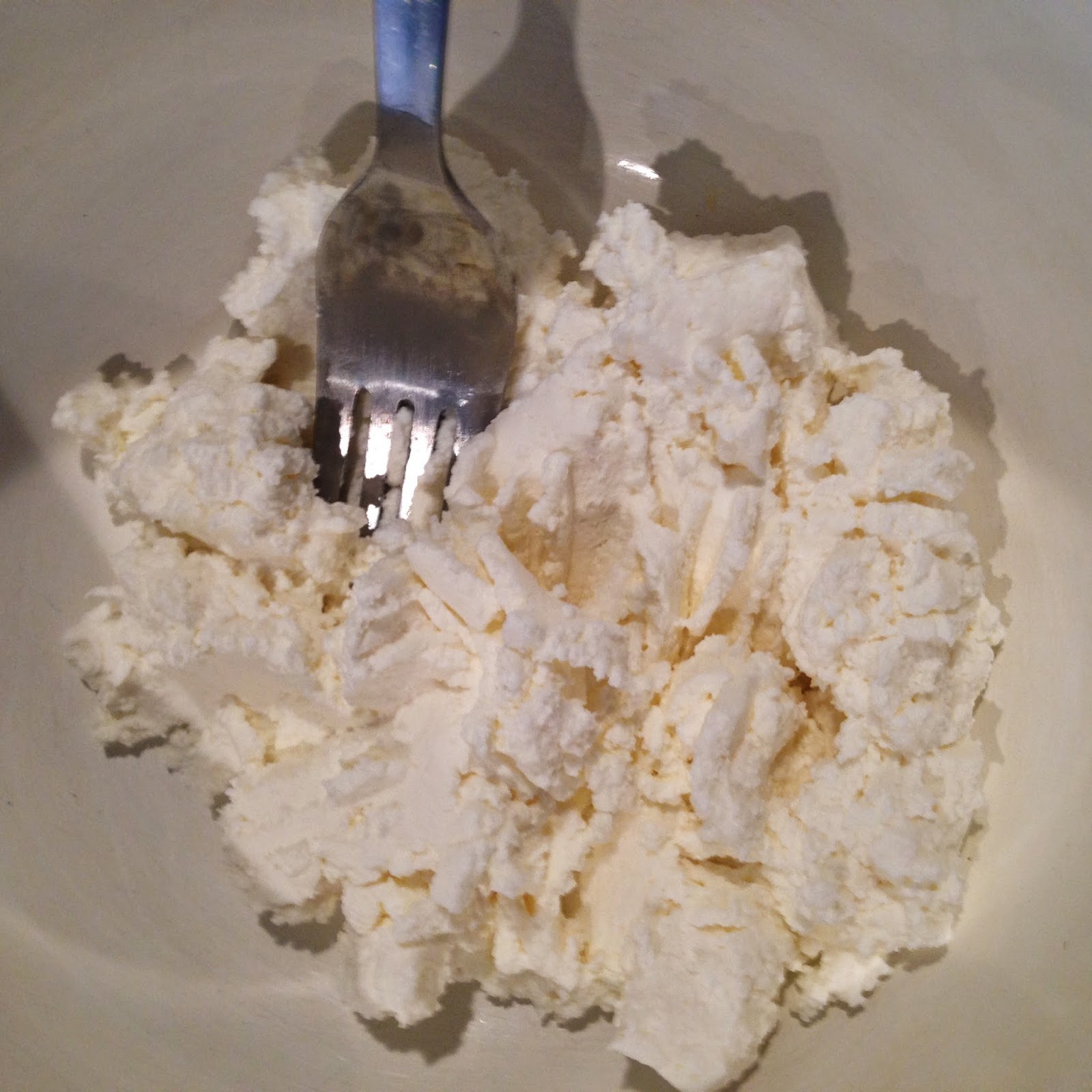We make the dough same as for IDRIJA ŽLIKROFI. As for the filling we can be very creative and try to do our own version, recipe. I will make few different kinds of žlikrofi today as follows.
ŽLIKROFI stuffed with Spinach and Cottage cheese
Ingredients for the filling:
200 g fresh Spinach
200 g Cottage cheese - or Tofu
1 egg
1-2 tbs of semolina or bread crumbs
2 cloves of garlic
Vegetable oil or ghee
Salt
Black pepper
Nutmeg
Put spinach into boiling water for a few minutes until it is cooked, then we chop or blend it and drain all water out. Put vegetable oil or ghee in the pan, add garlic, stir for a few seconds, and add spinach and all the spices.
Wait until it cools down a bit and then add it to Cottage cheese. Add egg and mix all well together.
 |
| Spinach - wash, cook add spices |
 |
| Cottage cheese - skuta |
The filling must not be too soft. To make it thicker, add breadcrumbs or semolina.
 |
| Mix spinach with skuta, egg |
 |
| and semolina to make it thicker. |
Now we can make our žlikrofi as we did before.
Roll the dough over the filling, and pinch it together. Press the edges firmly, so they stick. Press each one down in the middle, to get the right shape, but be careful not to break the dough.
 |
| Place the filling on the rolled dough. |
 |
| Make zlikrofi as in previous recipe. |
Cook them in salty boiling water until they float on the surface. Drain them and serve as you want - it can be in the soup or dashi instead of noodles or with meat stew, mushroom and cream sauce etc.
This time I served them in chicken soup - all kind of vegetables, chicken, water, spices. Cook on low fire one to two hours.
 |
| Cook the broth from chicken, |
 |
| vegetables and spices. |
 |
| Clear chicken soup with žlikrof. |







